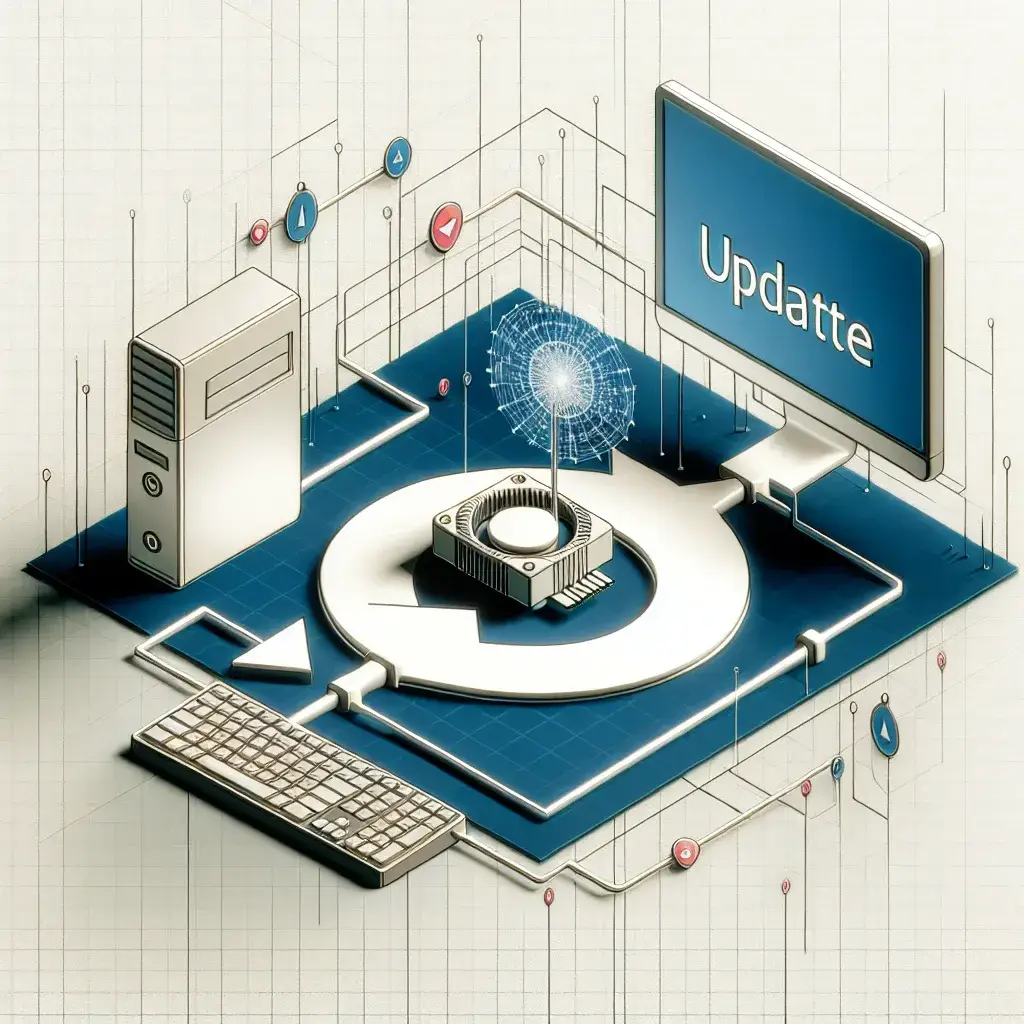Keeping your network adapter’s driver up-to-date is essential for maintaining a stable and fast internet connection. Updating the driver can resolve network issues, patch security vulnerabilities, and improve overall performance. This article will guide you through the process of updating your network adapter’s driver using Device Manager in Windows.
Steps to Update a Network Adapter’s Driver Using Device Manager
Follow the steps outlined below to update your network adapter’s driver:
Step 1: Open Device Manager
First, access the Device Manager by following these methods:
- Method 1: Right-click the Start button and select Device Manager.
- Method 2: Press Windows + X keys simultaneously and choose Device Manager from the menu.
- Method 3: Press Windows + R, type devmgmt.msc, and press Enter.
Step 2: Locate the Network Adapter
Once in Device Manager, locate the Network adapters category.
- Click the dropdown arrow next to Network adapters to expand the list of network devices.
- Identify the network adapter you want to update.
Step 3: Update the Driver
To update the driver, follow these sub-steps:
- Right-click the desired network adapter and select Update driver.
- Choose Search automatically for updated driver software to let Windows find and install the latest driver.
- Alternatively, select Browse my computer for driver software if you have already downloaded the driver from the manufacturer’s website.
- If you chose the manual option, navigate to the location where you’ve saved the driver file and follow the on-screen instructions to complete the installation.
Step 4: Restart Your Computer
After successfully updating the driver, restart your computer to apply the changes and ensure the network adapter functions correctly.
Why Is It Crucial to Update Network Adapter Drivers?
Driver updates are critical for several reasons, including:
- Enhanced Performance: New drivers can introduce improvements in speed and stability.
- Bug Fixes: Updates often fix known issues that could be causing connectivity problems.
- Security: Updates patch vulnerabilities that could be exploited by cyber threats.
- Compatibility: New drivers ensure compatibility with recent operating system updates and other software.
Table: Network Adapter Troubleshooting and Solutions
| Issue | Possible Solution |
|---|---|
| Internet Connectivity Issues | Update the network adapter driver, reset the router, or check network settings. |
| Slow Internet Speed | Confirm driver is updated, scan for malware, or check for bandwidth-consuming applications. |
| Network Adapter Not Detected | Re-seat the network adapter, update its driver, or verify BIOS settings. |
| Frequent Disconnections | Update driver, check physical connections, or reduce interference from other devices. |
Troubleshooting Common Problems When Updating Drivers
Driver Not Found
If Windows cannot find a new driver:
- Visit the network adapter manufacturer’s website to download the latest driver manually.
- Ensure the internet connection is stable during the search.
Installation Failed
If the driver installation fails:
- Verify that the downloaded driver is compatible with your operating system.
- Run the installation file as an administrator.
- Disable antivirus software temporarily during installation, as it may block the setup process.
Driver Rollback
If the new driver causes issues:
- Open Device Manager and right-click the network adapter.
- Select Properties and navigate to the Driver tab.
- Click Roll Back Driver to revert to the previous version.
Additional Tips for Maintaining Network Adapters
- Regularly check for driver updates to stay ahead of potential issues.
- Maintain a backup of older drivers in case a rollback is necessary.
- Stay informed about updates from the network adapter manufacturer.
- Keep your operating system up-to-date for optimal compatibility and performance.
Conclusion
Updating your network adapter’s driver through Device Manager is an effective way to ensure your network connection remains stable and fast. By following the steps outlined in this article, you’ll be able to keep your drivers up-to-date and troubleshoot common network issues efficiently.

